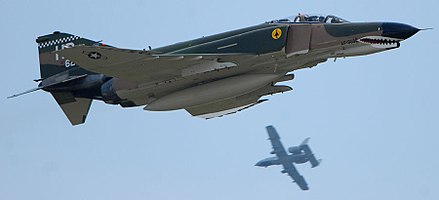
Following the final deployment of weapons with the F-4 Phantom II, South Korea organized a farewell flight to bid adieu to its longstanding fighter planes, which are now set for retirement.
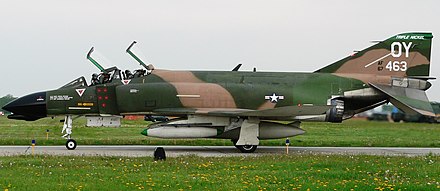
The Republic of Korea Air Force (ROKAF) assembled four F-4E fighters for this occasion.
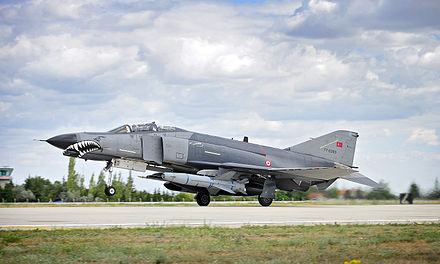
Among them, two showcased traditional paint schemes: one adorned in camouflage and the other in solid light gray.

Joining these veteran aircraft were two KF-21 Boramae fighters, representing the future of South Korean air power. These prototypes flew alongside the F-4s as they traversed the skies above the Korean Peninsula.

With plans to replace both the F-4 and the still operational F-5 Tiger II, the KF-21 signals a significant shift in the ROKAF’s fighter fleet.

A two-seat F-15K Slam Eagle served as the lead aircraft, capturing the three-hour flight as it soared over the provinces of Gyeonggi, Jeolla, and Gyeongsang.
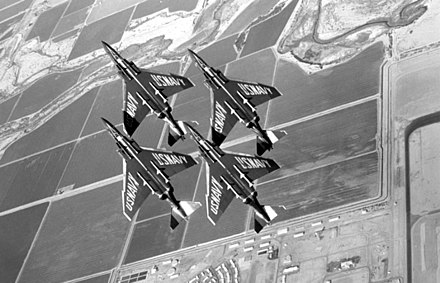
Acting as a flirter plane, it documented the journey, which retraced the 55-year legacy of the supersonic fighter-bomber in South Korean airspace.

Scheduled for official retirement on June 07, the F-4s will relinquish their roles to more modern counterparts, including the F-16, F-15, F-35, and the KF-21.
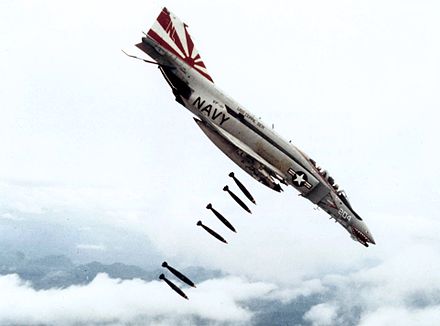
The arrival of the first F-4s in South Korea dates back to the mid-1960s.
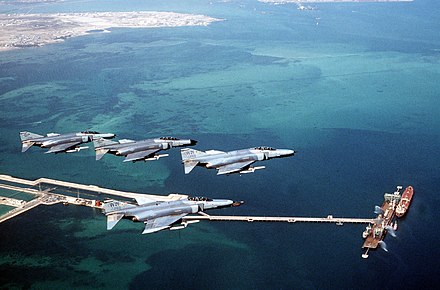
With around 220 planes received over more than five decades of F-4D fighter activity, the Republic of Korea Air Force (ROKAF) stands as one of the largest operators of this renowned North American jet.
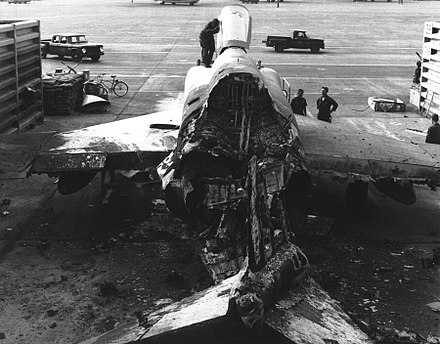
The F-4 Phantom II took its inaugural flight in 1958, originally conceived as an interceptor for the United States Navy.
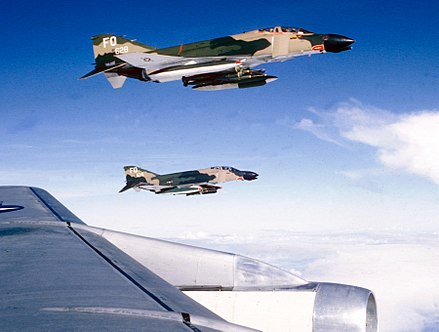
Emerged as an iconic presence during the Vietnam War, this model underwent transformations, evolving into a versatile fighter-bomber capable of executing both aerial combat and ground attack missions.
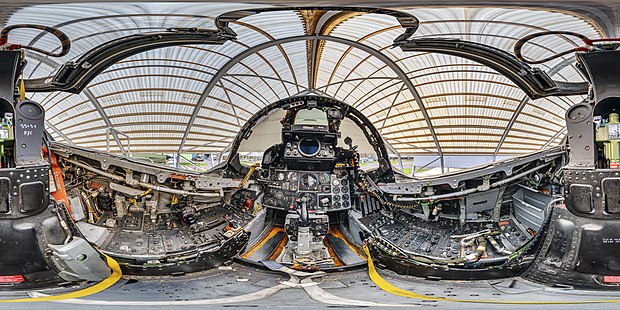
Furthermore, it was adapted for reconnaissance (RF-4) and electronic warfare (F-4G) roles.

With production ceasing in 1981, McDonnell Douglas (now Boeing) manufactured over 5000 F-4 Phantoms.
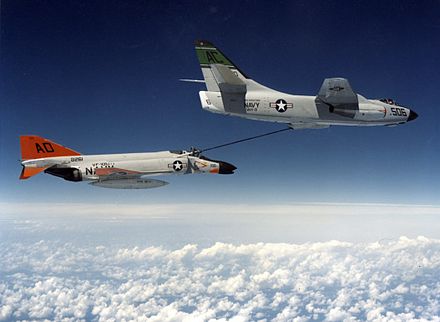
While initially acquired by twelve nations in various configurations, only four countries continue to operate this aircraft: Iran, Turkey, Greece, and Greece itself.
Relevant articles:
– South Korea makes special flight to say goodbye to the F, Aeroflap
– Pharewell Phantom: ROKAF F-4E’s Last Public Appearance Before Retirement, The Aviationist
– US F-35, Russian Su-35 Fighters To Replace F-4 Phantoms As S.Korea Is Retiring The Jet & Iran Aims To Upgrade Its Military, EurAsian Times
